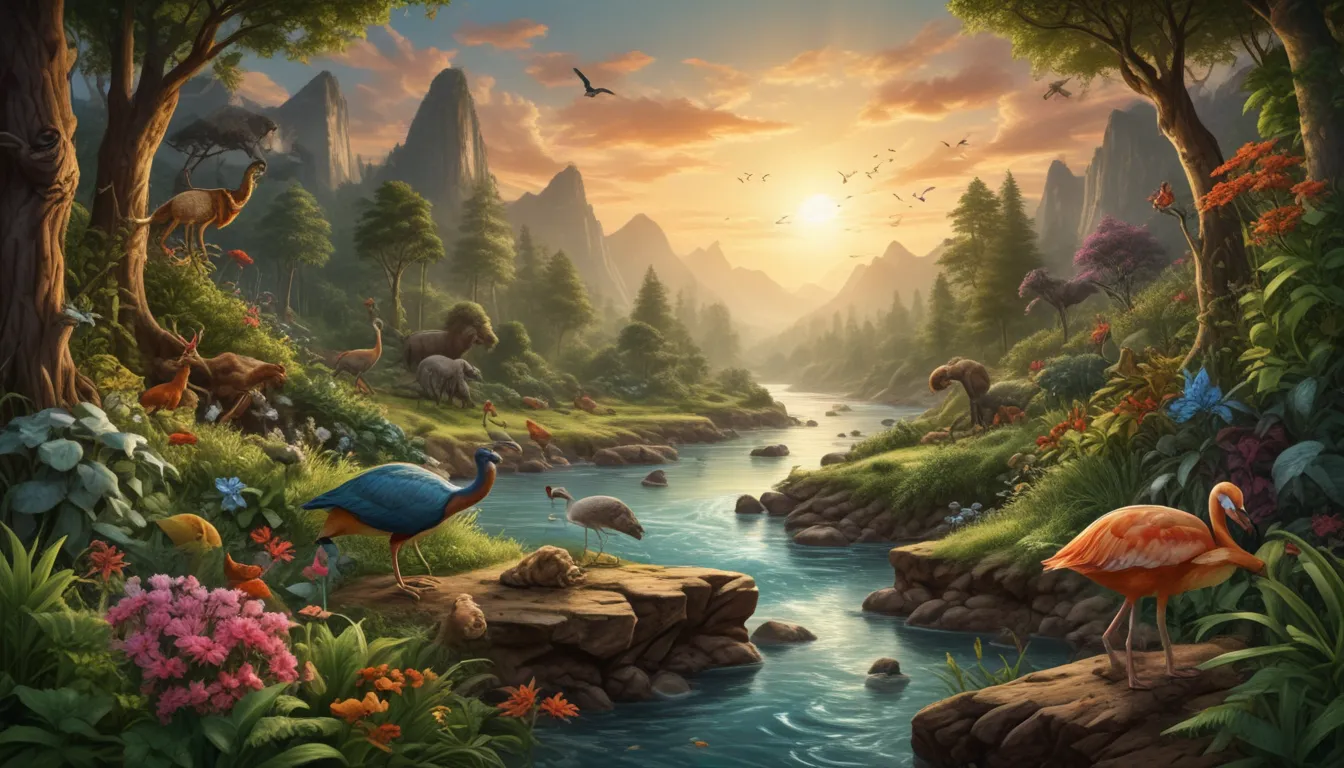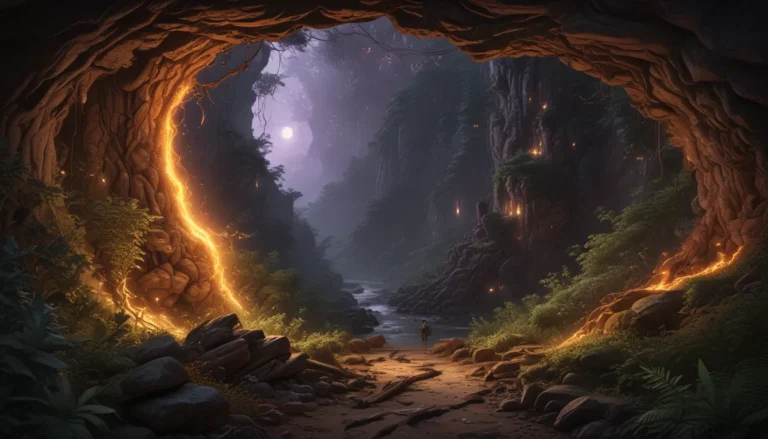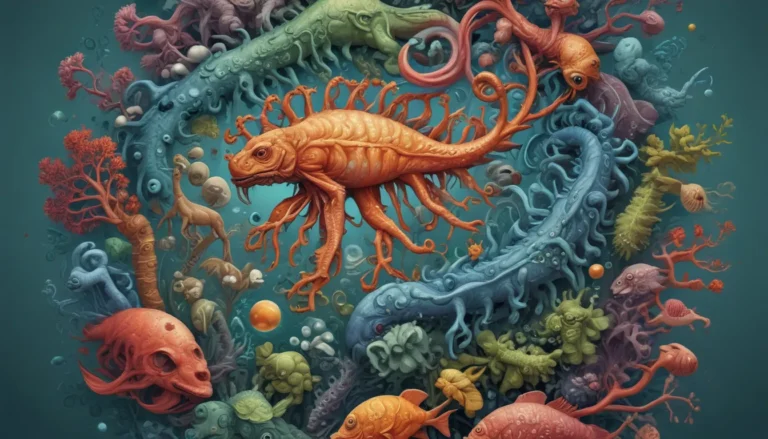A Note About Images: The images used in our articles are for illustration purposes only and may not exactly match the content. They are meant to engage readers, but the text should be relied upon for accurate information.
Are you ready to embark on a mesmerizing journey through the intricate tapestry of trophic interactions? These fascinating relationships between organisms in ecosystems play a pivotal role in shaping the balance of nature. From predator-prey dynamics to symbiotic partnerships, trophic interactions are the threads that weave together the intricate web of life on our planet. Join us as we explore eight captivating facts that illuminate the complexity and interconnectedness of species in ecosystems.
Key Takeaways:
- Trophic interactions are like a grand dinner party in nature, where organisms share food and nutrients through feeding relationships, shaping the harmony of ecosystems.
- Studying trophic interactions is akin to solving a puzzle to protect nature’s balance, enabling scientists to develop strategies for preserving biodiversity and ensuring ecosystem health.
Unveiling the Essence of Trophic Interactions
Trophic interactions serve as the fundamental building blocks of ecosystem functioning, delineating the feeding relationships between different organisms. These interactions involve the transfer of energy and nutrients from one organism to another, laying the groundwork for food chains and food webs that sustain life in ecosystems.
Exploring the Diverse Types of Trophic Interactions
Trophic interactions can be classified into three primary categories: predation, herbivory, and parasitism. Predation entails the act of one organism, the predator, hunting and consuming another organism, the prey. Herbivory involves herbivores feeding on plants, while parasitism sees one organism, the parasite, deriving nutrients from another organism, the host.
Unraveling the Ripple Effects of Trophic Interactions
One change in a trophic level can trigger cascading effects throughout the food web, influencing multiple species at different trophic levels. These ripple effects can alter population sizes, community structures, and even the stability of entire ecosystems.
The Phenomenon of Coevolution in Trophic Interactions
Instances of predator-prey or host-parasite interactions often lead to coevolution, where both species exert selective pressures on each other, shaping their evolutionary paths. This mutual influence results in adaptations that enhance the predator’s ability to capture prey or the parasite’s capacity to exploit hosts.
Indispensable Role of Trophic Interactions in Regulating Population Dynamics
The presence of predators or herbivores in ecosystems plays a crucial role in controlling the population sizes of their prey or host plants. This regulation prevents overpopulation and helps maintain ecological balance within the ecosystem.
Impact of Trophic Interactions on Ecosystem Productivity
Trophic interactions wield a significant influence on ecosystem productivity by shaping the abundance and behavior of primary producers like plants or algae. For example, herbivores’ grazing activities can mold plant communities and nutrient cycling within ecosystems.
Human Impacts on Trophic Interactions
Human activities such as habitat destruction, overfishing, and introduction of invasive species can disrupt trophic interactions, leading to far-reaching consequences for ecosystem functioning and biodiversity.
The Crucial Link Between Trophic Interactions and Conservation
Understanding trophic interactions is paramount for effective conservation efforts and ecosystem management. Scientists can leverage this knowledge to gain insights into ecosystem dynamics and formulate strategies for conservation, ensuring biodiversity preservation and sustainable resource management.
Concluding Remarks
In conclusion, trophic interactions are the cornerstone of ecological systems, playing a pivotal role in energy flow and ecosystem stability. These interactions underscore the intricate interconnectedness of diverse species, shaping the dynamics of ecosystems and contributing to their biodiversity. By appreciating and comprehending trophic interactions, we can propel towards improved conservation practices and sustainable management, safeguarding the longevity and resilience of our natural world.
FAQs
-
What are trophic interactions?
Trophic interactions encompass the relationships between organisms within a food web or chain, involving energy and nutrient transfer. -
What are the different types of trophic interactions?
Predation, herbivory, parasitism, mutualism, and competition are some of the diverse types of trophic interactions observed in ecosystems. -
How do trophic interactions influence ecosystem stability?
Trophic interactions play a critical role in maintaining ecosystem balance by regulating population sizes, species diversity, and overall ecosystem functioning. -
How do trophic interactions contribute to biodiversity?
Trophic interactions foster biodiversity by creating niches for diverse species through processes like predation and competition. -
Why is understanding trophic interactions vital for conservation efforts?
Comprehending trophic interactions aids in identifying key species for protection, restoring ecosystem balance, and guiding successful conservation initiatives.
Dive into the enchanting realm of trophic interactions, where nature’s interconnectedness unfolds in a mesmerizing tapestry of life. Explore the profound impact of these interactions on ecosystems and discover the intricate balance that sustains the diversity of species in our world. Join us on this captivating journey of discovery and appreciation for the marvels of trophic interactions!






